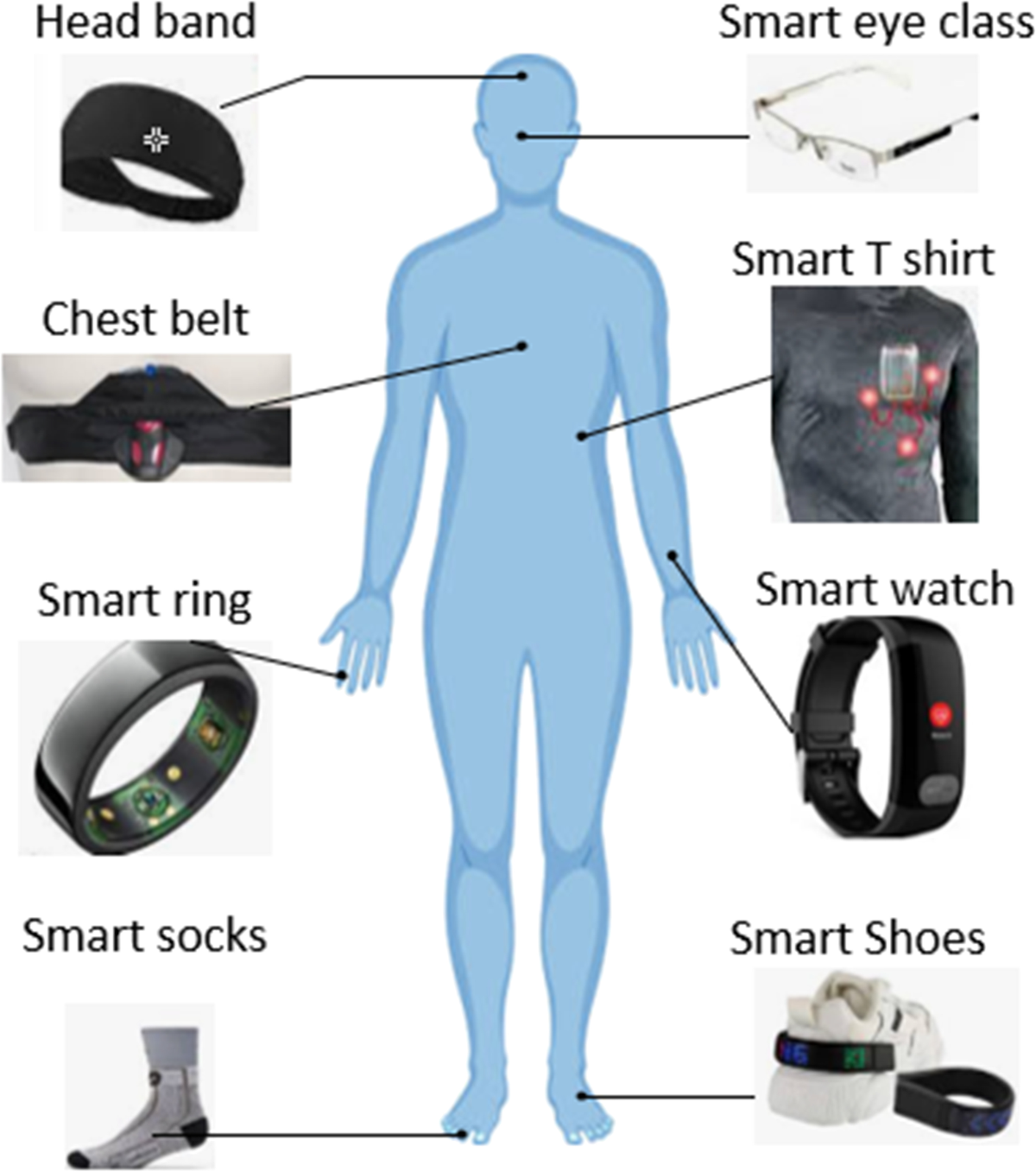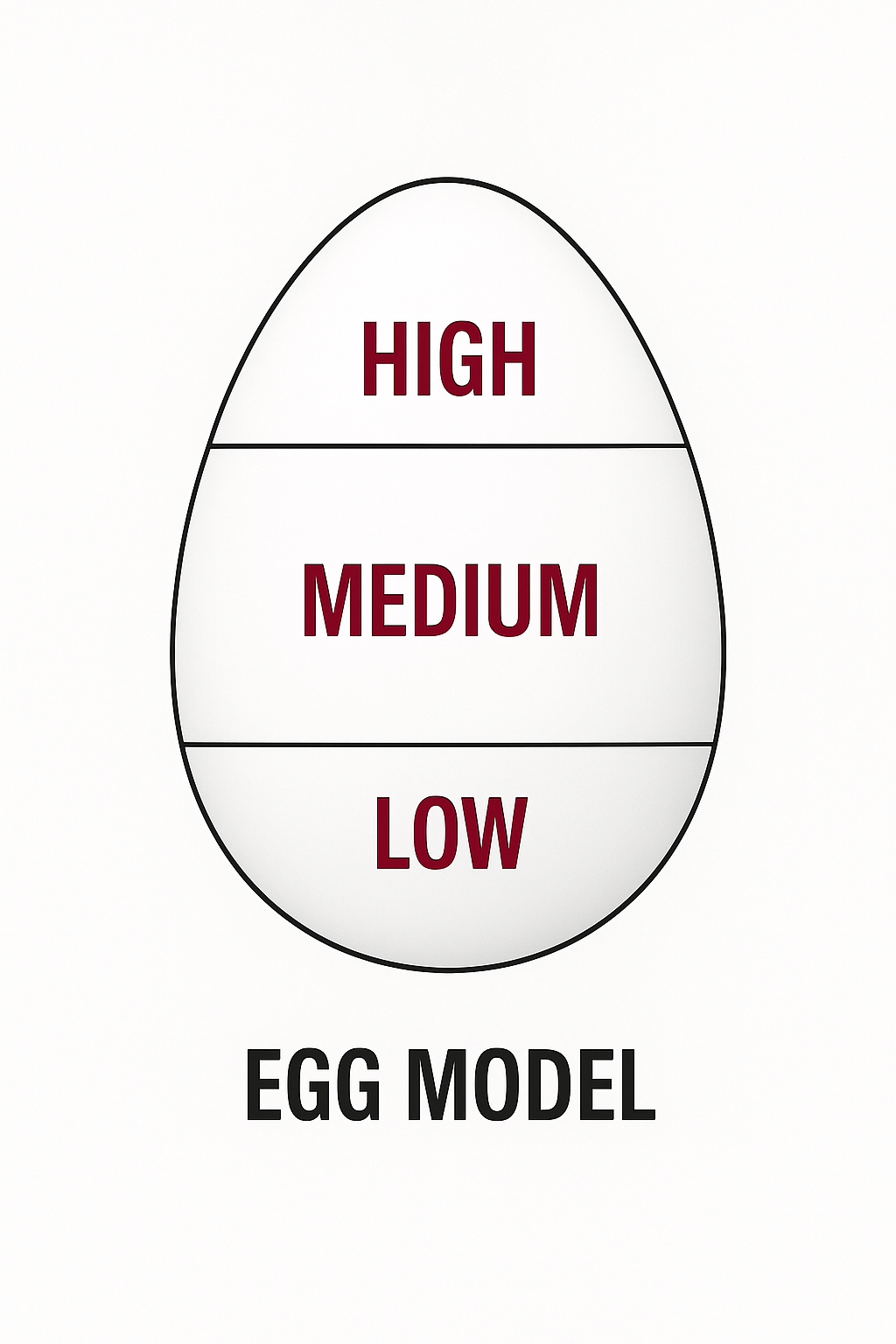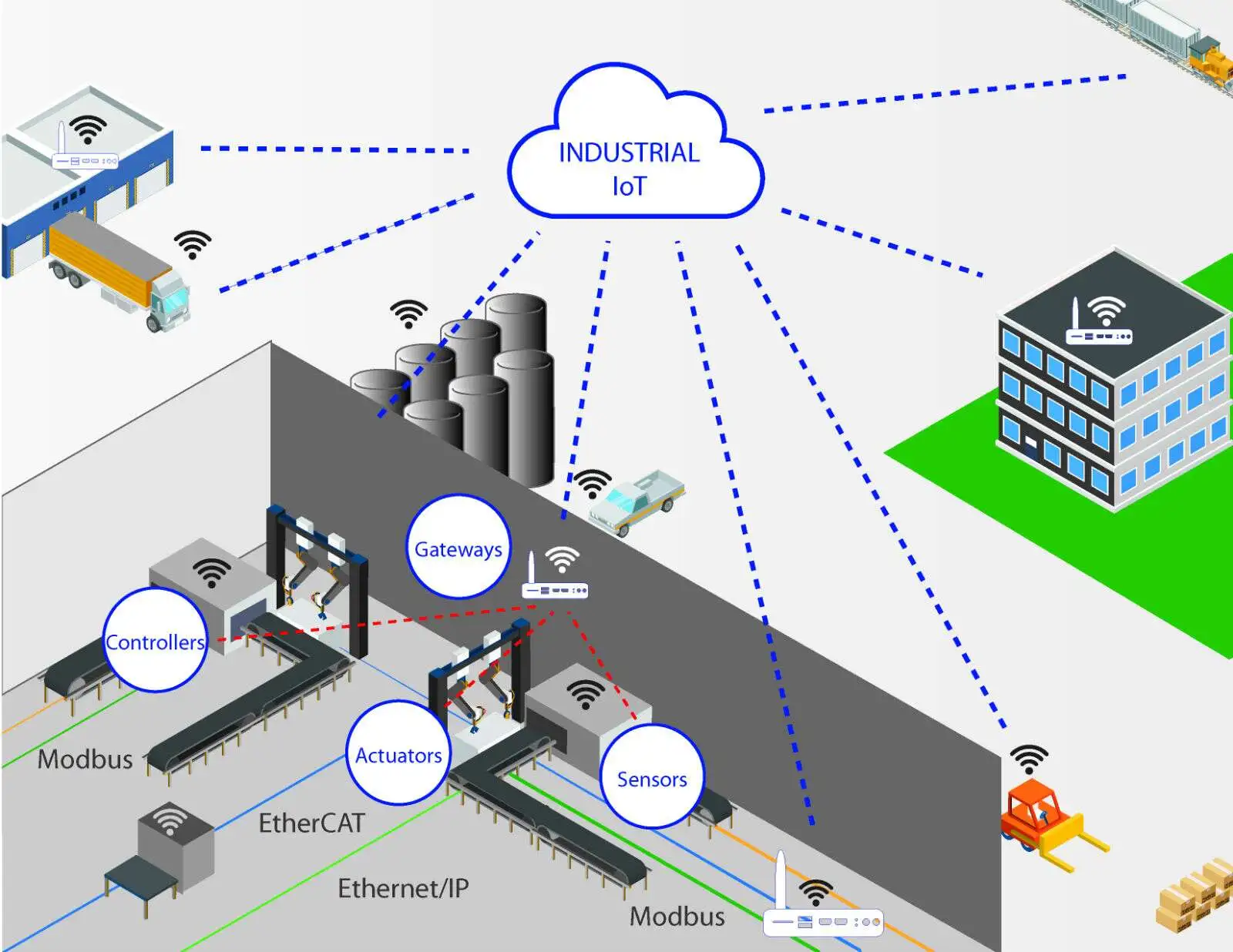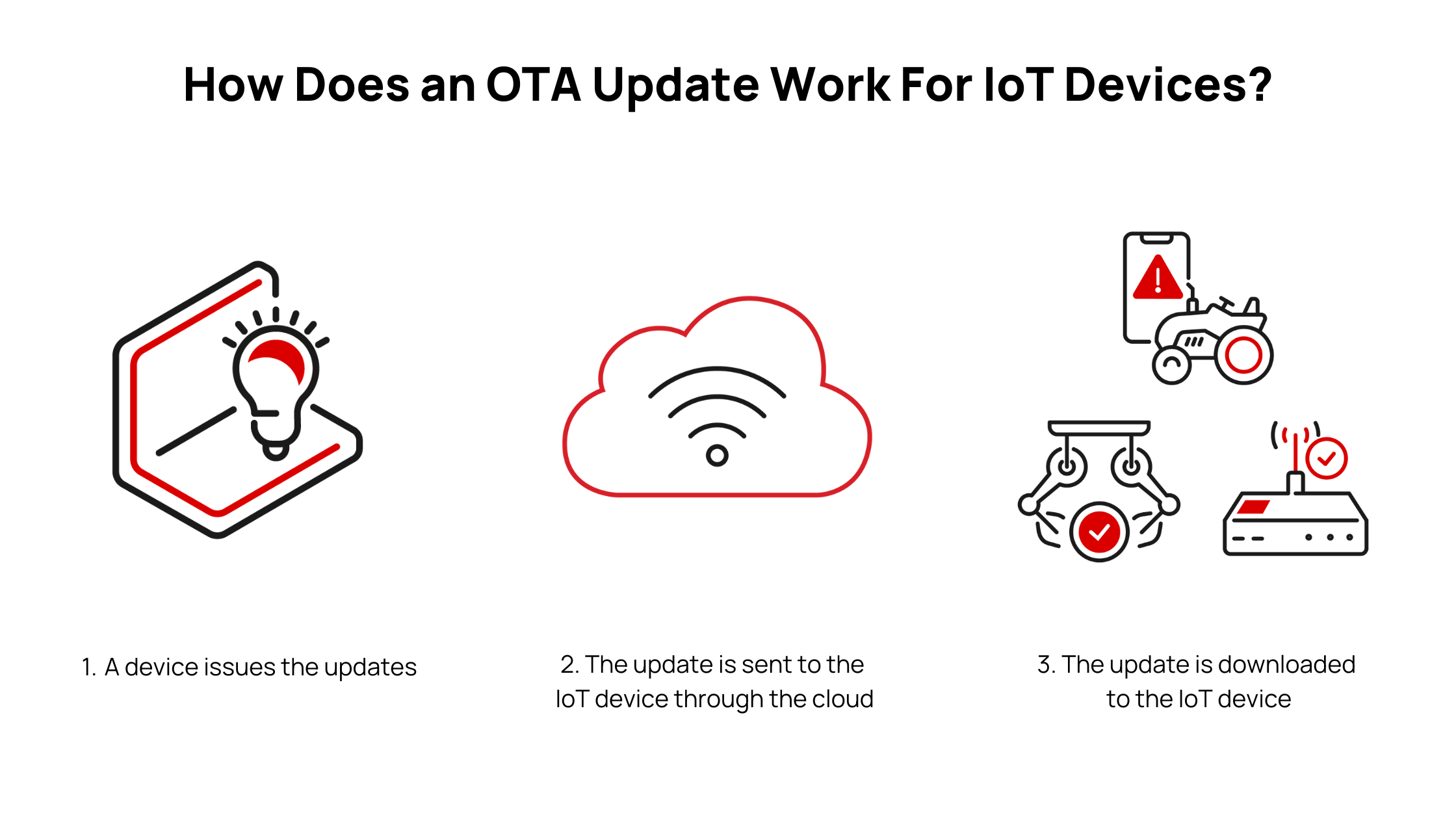Introduction
The healthcare industry has historically been a slow adopter of new technologies due to its fragmented and highly complex systems. In the current smart, connected world, healthcare is shifting toward connected care solutions. Thanks to IoT and around-the-clock monitoring, new technologies can significantly improve patient outcomes and convenience while reducing costs.
Designers face a key challenge in balancing conflicting power and performance requirements. Optimized power management and low-power techniques are essential considerations for medical wearable designs. This article outlines common power consumption modes in medical wearables, strategies for power optimization, and implementation techniques.
Common Ways Medical Wearables Consume Power
Medical wearable systems comprise subsystems for data acquisition, telemetry, analysis, and alarm reporting. Typical power consumption scenarios include:
- Sensors that sample continuously or frequently to monitor physiological signals or behavior.
- Data transmission to a mobile app or the cloud, which typically consumes additional power even if performed once or twice per day under normal conditions.
- In alarm situations, rapid and frequent transmission of data to monitoring facilities can consume excessive power.
- When Wi-Fi or Bluetooth connectivity to a mobile device is unavailable, the wearable may enter a scanning mode for a predefined scan duration; during this period the device consumes more power.
- Complex algorithms that analyze sensor data (which usually take longer to execute) require more processing power.
Prioritizing Functions Under Low-Power Conditions
Battery-powered wearables that cannot be recharged on schedule may fall below critical energy thresholds and be forced into low-power modes. Some core functions still need to execute quickly in response to important patient changes or alarm conditions. Power management should allow temporary allocation of increased power to those core functions. Examples include:
- Continuous capture and analysis of audio (for cough, respiration, or wheeze detection) even when the device is in a low-power state.
- Rapid reporting of data to remote monitoring facilities in abnormal or alarm conditions.
- Notifying the user of abnormal health events via actuators such as a vibrator or a display.
- Storing abnormal health-event data in non-volatile memory if the connection to monitoring infrastructure is lost, so the data is preserved before the battery is fully depleted for later analysis.
Architecture and Hardware Selection for Power-Optimized Wearables
To address engineering challenges for medical wearables, vendors offer SoC solutions that combine energy-efficient microcontrollers with higher-performance application processors for complex analytics. These can also be selected separately and interfaced via communication buses such as I2C, UART, or SPI. Peripherals required for continuous patient monitoring (body sensors) and device health (battery fuel gauge) should be connected to a low-power controller.
Hardware platform and component selection play significant roles in power-optimized product design. Considerations include:
- Choose a SoC, RAM, EEPROM/ROM, and connectivity peripherals (Wi-Fi, LTE, Bluetooth) that support low-power operating modes. Review datasheets for power specifications before selection.
- When possible, use an existing platform to measure actual power consumption and perform feasibility testing.
- Design devices intended to travel with patients to withstand rough handling and exposure to extreme temperatures and humidity.
- Estimate memory requirements for storing patient data and select memory devices with low power consumption.
Design and Implementation Techniques for Power Optimization
- Remove or disable unnecessary software services that are not required for device operation.
- Keep high-power processors in low-power states most of the time. Use an ultra-low-power controller to continuously capture data and wake the high-performance processor only when needed.
- Use Bluetooth Low Energy (BLE), which is built into most modern smartphones, as the standard wireless interface for wearables.
- Split complex analytics into two stages: a simple anomaly-detection algorithm running on the low-power controller to identify potential issues, and a complex confirmation algorithm running on the higher-power processor when needed.
- Reduce the frequency of data transmissions to remote monitoring facilities when health status is normal.
- Avoid excessively long network scan timeouts.
- Disable noncritical functions during low-power operation, such as firmware upgrades, device self-tests, and calibration routines.
- Disable unused peripheral clocks within the SoC.
- Define optimized data frame formats to reduce payload size for transmissions from the wearable to the mobile app or cloud server.
- Where possible, connect patient notification actuators (vibrator, LED, or small display) to the ultra-low-power controller so the main processor can remain asleep most of the time.
Conclusion
In the emerging era of mobile health and healthcare IoT, key components include high-sensitivity biosensors, low-power integrated electronics, reliable wireless communication, and adequate power sources. Advances in nanotechnology and materials enable smaller, more sensitive sensors and lower-power, smaller electronics. However, greater dependence on communication with other devices and the cloud increases power demands for next-generation wearables, making power-aware design and component selection essential.
 ALLPCB
ALLPCB








